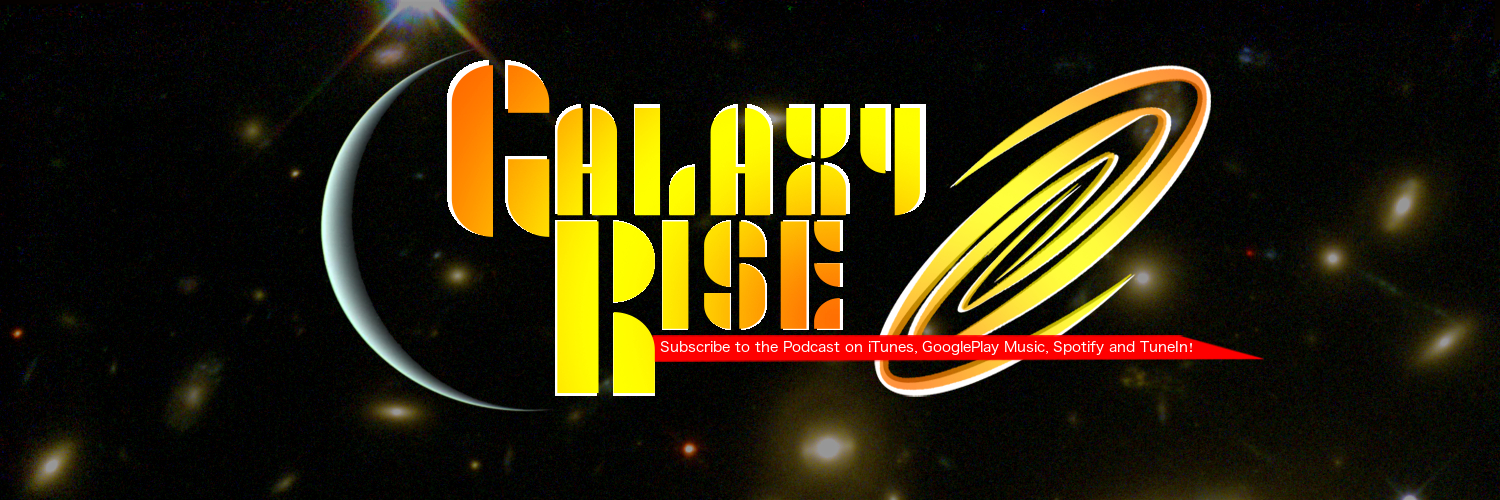I first discovered Slooh.com during the well publicized, but not visible to me Lunar Eclipse of the Summer of 2018.
The site offered me immediate and super gratifying access to 6 high quality, imaging-based telescopes in two different pristine dark sky locations in both Chile and the Canary Islands. Each successful mission generates a combination of both raw and complied images. You get variations of the image data on different channels but they appear as black and white, and, depending on the camera, along with a color composition. You also are able to download a series of FITS raw data files which can be ‘stacked’ and processed with special software (commercial and open source options avail), to reveal some stunning visual details hidden in the long-exposure image captures. Slooh.com missions run from 5 to 10 min depending on the scope!
With my “Astronomer” level account I can book schedule up to 5 upcoming imaging ‘missions’ on Slooh.com. A mission is a specific time window on a given telescope, which you can point to any observable point in the sky, for the most part. Slooh.com has a range of target acquisition methods, pick from the available “Slooh 500” (by popularity and ease of imaging) list, by entering specific catalog numbers (from all the major indexes) and finally by plotting celestial coordinates manually.
To find celestial coordinates, I’ve been using Sky Safari 6 Plus on my Mac. It’s a well-supported, regularly updated commercial application and I love it. I have not used, but look forward to exploring the open source Stellarium which is used often by Slooh.com‘s staff in workflow training demos. Anyhow, either application allows you to pick a location and time – where and when – you wish to make your observation. Then, you’re able to use a virtual planetarium type of 360-degree interface to spin around and zoom in to any spot of the sky above the horizon at that location and time.
So, aligning the location and time up with the upcoming mission schedule of the Slooh.com telescopes allows you to really dig deep into the available imaging targets! The Sky Safari version I have includes a massive search library, so if you really want Slooh.com to image the region of space including the distant multi-planet planetary system around the visually un-observable pulsar PSR B1257+12, you can! (Read more about pulsars on the excellent UniverseToday.com)
As an added bonus you can ‘piggyback’ off of all the other members’ missions, again, up to 5 at a time. So at any given point in the observing-window time you can have up 10 simultaneous imaging missions scheduled! This results in the ability to amass FAR MORE raw astrophotogragic data than you may know what to do with! Take it from me and my 1,985 images from 567 missions in just a few months! ACK!
______________________________

______________________________

______________________________

______________________________

______________________________
Using Slooh 500 is a great resource, and one I’ve used consistently, since becoming a member. Once you’ve selected a telescope and desired available imaging mission time, you can choose from any object in the Slooh 500 list that’s available overhead! This includes Solar System objects, Stars, Galaxies, Star Clusters and Nebula. This is where the vast amount of my Slooh.com time has been spent!
My first foray into imaging something using coordinate plotting was pretty fun. Slooh.com resident astronomer, Paul Cox led a series of Livestreams building up to and covering the beautiful 21P Giacobini-Zinner Comet as it passed through the neighborhood. Due to it’s composition, it emitted a bright green color in it’s ablated materials interacting with the Sun’s combined energies.
A comet’s position in the sky is constantly changing in relationship to the ‘fixed’ position of the stars behind. This is because of how far away the stars are, compared to how very close the comet is. By booking a series of missions across the same evening, I was able to capture the movement of the comet as it passed across the star field behind.
I used Adobe Photoshop to create the animation, but really, any image sequencing or movie making application can do the job. The benefit to using layers and image processing techniques (using Photoshop or the open source equivalent GIMP application) is that you can normalize the background star field and then animate a ‘bubble’ including the comet across the animated frames cycle. It just makes for a cleaner animation due to the nuanced differences in the source images used for each frame.

































